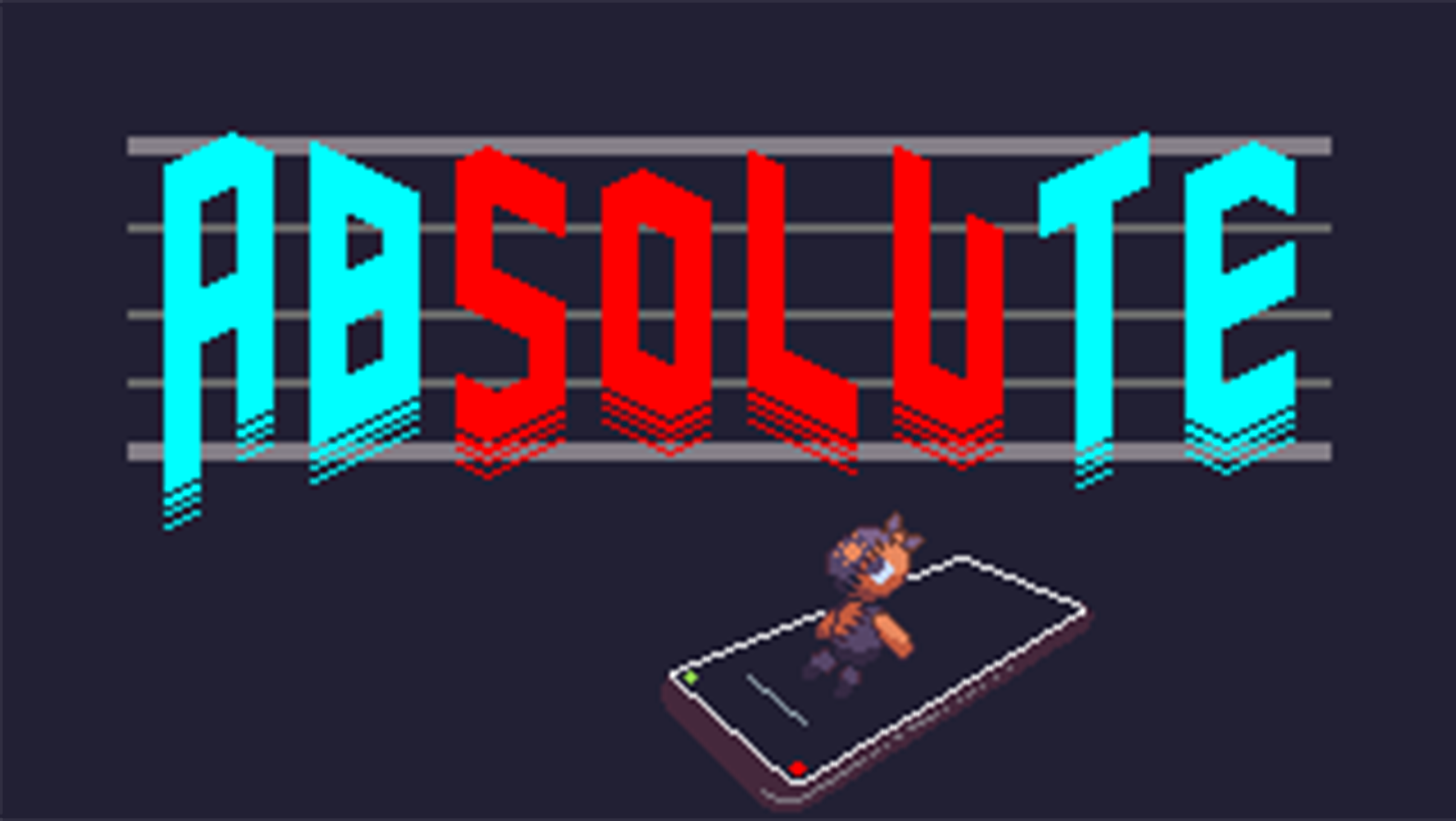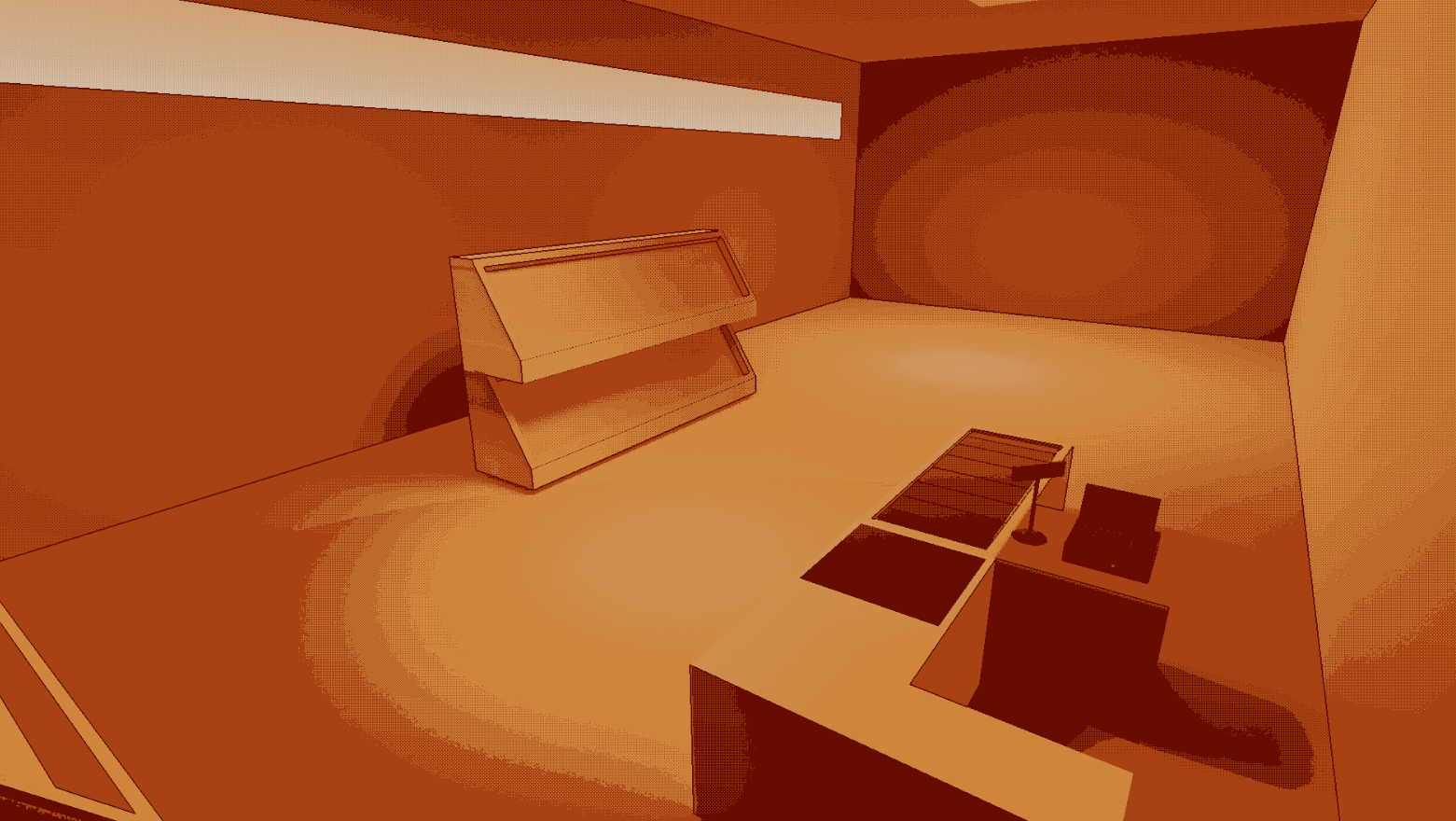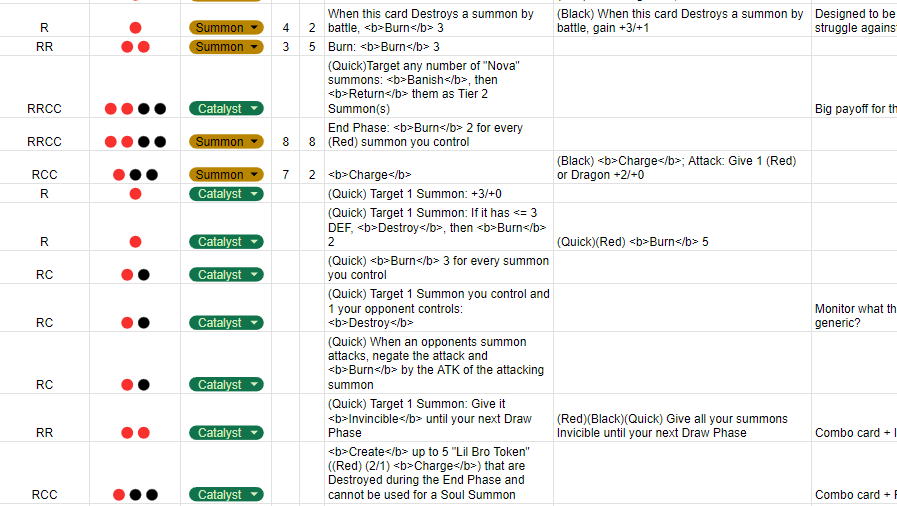Overview
Prototype game project made for a group project in the class GSND 5110 Game Design and Analysis. The premise of this project to pick an existing game and reduce its design to a minimal prototype. Then we were tasked with balancing the game while preserving the essence of the game and design a second level that is 30% more difficult. This game was made as a team of 4.
We decided to analyze the game Spelunky (2008) using MDA and decided to base our prototype on the resource management side of that game. Our prototype ended up becoming a singleplayer exploration game where the player builds out the level and progresses through it by completing encounter cards. The player is tasked with managing their resources of ropes, bombs, and health in order to safely make it to the end of the game. The game consists of 2 major levels, each divided into 4 sub areas similar to how the original Spelunky levels are laid out.
Time spent: 30+ Hours
Skills
Game Design, Prototyping, Playtesting, Project Management, Tabletop Simulator, Nandeck
Specs
Engine
Tabletop Simulator
Platform
PC
Design
Encounter Deck
The Encounter Deck is the main way in which the player interacts with the game. It is separated into several different decks each representing a level and subarea (ex: 1-1, 1-2, etc). The player uses this deck to build out the level and as an engine to complete the level. Each encounter card has several options available for the player to choose in order to complete them, from rolling dice to using resources such as bombs. Skill in the original game is expressed as rolling a dice in the prototype. Encounter cards also indicate how many cards are drawn when the player needs to build more of the level out.
Encounter cards have various different features on them, from the number of revealed cards to the options and rewards.
The Ghost
The Ghost is a feature in Spelunky that acts as a mechanic to prevent to player from meticulously combing over each level in order to maximize their gain from each level. Without the ghost, the game could potentially become trivialized as the player accrues enough resources to get through the game easily. If the player takes too long on any particular level, the ghost will spawn and chase around the player, instantly killing them if the ghost touches the player. A skilled player can still navigate the level while the ghost is active, but it puts a lot more pressure on the player as a single mistake could cost the player a lot.
We decided to implement the ghost into our prototype for a similar reason. If the player could simply go through each encounter card without any repercussions, it would be too easy to accrue the critical mass of items needed to trivialize the game. Part of the fun of spelunky is having different tools each run, but if the player can obtain all the tools they desire than the game becomes way too easy. In order to model The ghost in a physical prototype, we chose for the ghost to spawn after the player makes a certain number of moves on the board. The ghost will then move towards the player at a rate slightly faster than the player can move. The player also has 1 chance to "dodge" the Ghost, needing to roll a 6 on a D6 in order to execute this dodge. This models player skill somewhat, as a top level player would be able to kite the ghost for a long time while a newer player would have a hard time avoiding iot
Difficulty
this project required us to design a second level that is 30% more difficult than the first level. We were also tasked with quantifying and explaining how our design is 30% more difficult. For this, we created several formulas that quantified certain properties of our encounter cards. This culminated in a formula that can be used to determine the perceived difficulty rating of each unique encounter card, as shown in the example to the right. This is further used to create a total difficulty of each level and each subarea which allowed us to argue that the second level was ~30% more difficult than the first level.
However, this was not a perfect model of difficulty as it assumes that the player has around the starting values for their resources, which may or may not be the case for later levels. Because these parameters are constantly changing, some cards perceived difficulty may be higher than what was actually calculated, and the game also naturally gets more difficult as the player progresses. Our calculated difficulty values were 252 for level 1 and 310.5 for level 2, leading to an ~23% increase in difficulty. Combined with the above assumptions this can be argued to be an ~30% difficulty increase.
Cards were created for use in tabletop simulator using a combination of software. First, card properties were written out in a google sheets, using HTML text wherever necessary. This information was then able to be compiled in the software nanDeck, which allowed me to design how the cards would look based on the data pulled from the spreadsheet. Finally, a png containing all the cards could be created and then imported into tabletop simulator easily.
This system allowed for collaboration with designing cards as google sheets was used to store the information, as well as fast iteration as it was easy to make changes and quickly test them out in tabletop simulator.
Another key aspect of this project was to practice playtesting and iterating with purpose. For this project we did a lot of internal testing, but also testing with peers in order to figure out certain aspects of the game. For this playtest with peers, we devised a playtest used to guide players for the first time as well as ask them questions after the playtest concluded. This greatly helped out design as we were able to come to a lot of conclusions about what worked well and what could have been done better. From this we were able to balance Encounter Cards a lot better as we understood what felt stronger to players, and we were able to streamline the process of playing the game so that the player feels less confused about how to actually the play the game.
a formal set of the rules can be found in the Concept and Balancing Document that highlights how to actually the play the game properly.







